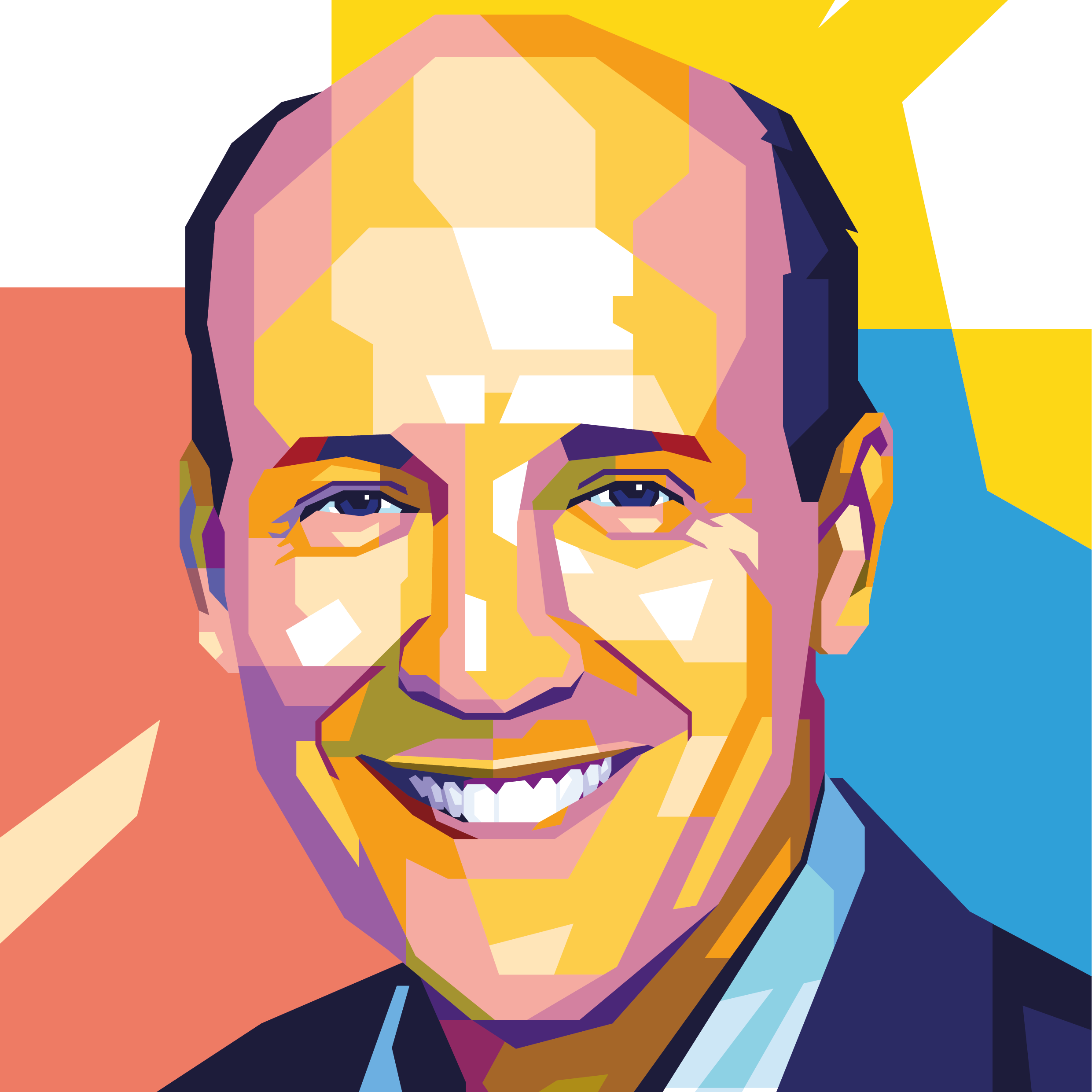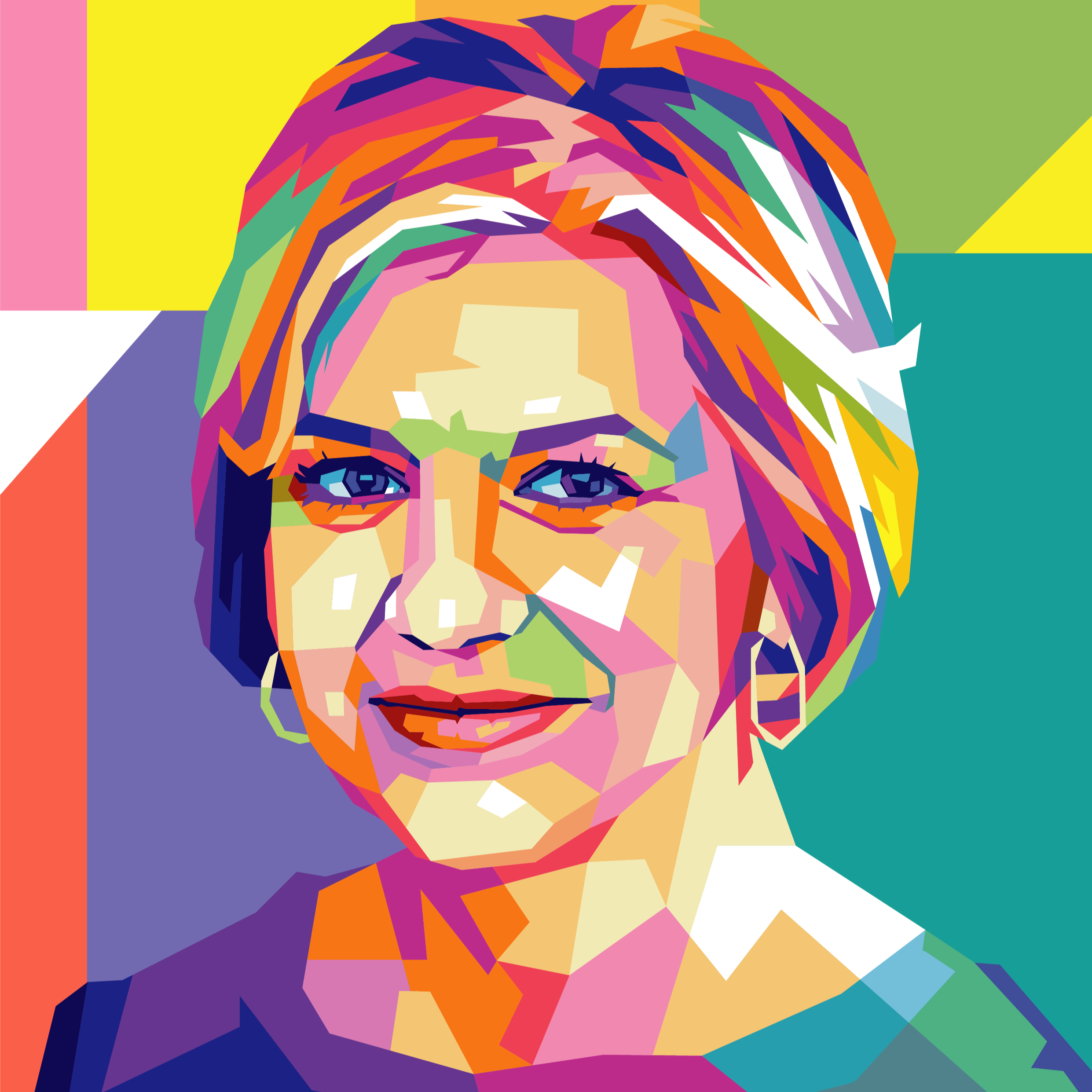Growth is critical. There’s no success without growth. It’s the most critical driver of an RIA’s value.
Just as the buyer of a stock is interested in future performance, as measured by the net present value of all expected future cash flows, RIAs are also valued on their future cash flow.
Organic vs. non-organic growth
Growth can be achieved organically by adding new clients or increasing revenue from current clients, or non-organically through mergers and acquisitions. Key organic growth metrics include the rate of increase in average annual revenue and profits, total assets under management and the number of net new clients a firm adds each year.
Keep track of industry benchmarking studies for metrics like revenue, asset and new clients as reported in annual surveys from firms like Charles Schwab and Fidelity. You want to at least match industry benchmarks. For example, according to The Ensemble Practice, an RIA consulting firm, firms grew their client roster by 6% last year, while revenues increased by 10%.
Referrals are the rocket fuel for organic growth. “There’s still no better way to appeal to prospects than through current clients,” says Grant Rawdin, principal of Wescott Financial Advisory Group in Philadelphia.
So-called “centers of influence” familiar with your firm’s work, such as accountants and attorneys, are also fertile ground for referrals. Identify who they are, cultivate relationships with them and refer clients to them if their work is good.
You can also generate more revenue from existing clients by offering additional services and products that expand wallet share. Organic growth can also be leveraged by scale, so one resource can be used for many clients by establishing a process for centralization, standardization and consistency.
Non-organic growth via mergers and acquisitions is the fastest way to grow instantly, adding clients, revenues and assets. But M&A isn’t the easiest way to grow. In the current seller’s market, it’s expensive and time-consuming. Even after the deal closes, the hard work of integrating new employees and clients is just beginning. But if another firm is a good fit culturally, geographically and demographically, and the price is reasonable, consider M&A seriously to fast-track growth.
Let’s now focus on the five steps for driving RIA growth.
Tech: Stay current or fall behind
Tech is the engine driving your firm — and you can’t afford to stall out.
“Tech now is on a three-year cycle,” says consultant Joel Bruckenstein, president of Technology Tools for Today and producer of the firm’s widely attended annual T3 tech showcase conference. “So much is being developed so fast. Anticipate your needs, but keep in mind you’re probably going to have to look at your software again in three years.”
When ascertaining your needs, remember that a tech stack’s job is to make a firm better, not to have more bells and whistles. RIAs need to have a clear idea of what kind of firm they are now, what they want to be in the future and how much of their budget can be allocated to technology spend.
Firms with less than $1 billion in assets under management need to be selective about where to concentrate their resources, both on an initial purchase and to stay current with the latest developments.
RIAs targeting high and ultra-high-net-worth clients expecting a white glove experience may want to focus on CRM software.
Firms catering to a younger demographic should consider a state-of-the-art portal a priority. Wealth managers specializing in alternative assets will want to review the best portfolio management solutions. Fortunately, there are many choices for these and other tech must-haves, including performance reporting, financial planning, risk analysis and fee billing.
Make sure you vet your options carefully: for demos, insist that the vendor uses data you provide, not models they provide. Don’t rely on the demo alone. Ask for the trial version. Specify what your firm’s requirements are. Talk to as many other users of the product as you can.
And you’re going to need third-party support, so make sure you know what will be free and what will be billable.
Have someone on staff monitor tech trends. It doesn’t have to be the IT person. It’s more than likely there is someone who just enjoys keeping up with the latest developments. Empower them. Send them to conferences like T3. Subscribe to tech blogs like Wealth Management Today, Wealth Management Weekly and Nerd’s Eye View.
Staying on top of your tech stack is like staying in shape — the more you slack off, the more you fall behind.
Talent: Adapt to a seller’s market
It’s a fact — this is a sellers’ market for talent. The demand for quality employees, especially experienced advisors and wealth managers, exceeds the supply. And it’s an extremely competitive market; approximately eight out of ten RIAs will be hiring this year, according to a recent Charles Schwab survey.
Do what’s necessary to get and keep the best people. A competitive salary and generous benefits (see below) are just the beginning. Employees and job seekers are looking for defined career paths and leading-edge firms are using professional development to attract workers, increase job satisfaction and build bench strength. Nearly 90% of RIAs with over $1 billion in AUM surveyed by Schwab now offer a progression of roles for client service, ranging from associate to senior manager.
The pandemic has made workplace flexibility and work/life balance a priority for prospective and current employees. Flexible work schedules and work-from-home options are must-haves for RIAs to remain relevant. Offering equity has become an increasingly necessary tool to attract and retain talent. At the median RIA, approximately one-third of employees now have equity in the firm, according to Schwab.
Equity opportunities are a tremendous incentive for prospective employees, advisors, and operations staff and an ideal way to align their goals and performance with the RIAs. And keep working to diversify your team and make sure your firing practices are inclusive. Make an effort to recruit younger advisors, women and employees who will reflect the country’s rapidly shifting demographics. These new hires will be entering a largely homogenous industry, so measurable programs should be implemented for training, mentoring and communication.
Your clientele will be changing over the next decade and your workforce should too.
Compensation: The cornerstone
The financial advisory business is a people business and employees are a firm’s most important asset. They are also RIA’s largest investment, accounting for nearly three-quarters of its expenses.
In a tight labor market, firms must keep up with industry benchmarks to attract and retain top-tier talent to remain competitive. In a nutshell, that means you will have to offer more cash compensation and more generous benefits.
According to the latest RIA Benchmarking Compensation Study from Charles Schwab, median total cash compensation for key positions has risen significantly in the past five years. Senior client account/relationship manager compensation rose 20% to $238,000; account manager compensation increased 15% to $107,000 and median salaries for operation managers climbed 18% to $110,000.
The trend isn’t expected to slow down anytime soon. According to industry executives surveyed in the most recent Talent Trends report from executive search firm The Kathy Freeman Company, cash compensation is expected to continue to rise this year.
A range of benefits has become essential for any firm crafting a compelling compensation strategy. Traditional benefits like health, dental and life insurance are now considered table stakes. An RIA’s employee value proposition must also include nontraditional benefits such as flexible work schedules, a remote work option, child care and eldercare reimbursement, paid time off for community service and in-house investment management and financial planning services.
RIAs also increasingly motivate staff with incentive compensation that includes more than base salary and helps align the team with firm goals. Everything starts with your firm’s employees. If you’re not keeping pace with the competition, it can also be the beginning of the end.
Connecting with clients: Nurture or perish
If assets are the lifeblood of the financial advisory business, clients are the beating heart. The more satisfied your clients are and the more you can strengthen your relationships with them, the more successful your firm will be.
Clients want to feel important, valued and special. Get to know them beyond the numbers. Ask about their families. Find out what is most important to them. Be a good listener, remember details about their lives and communicate regularly. Annual meetings in the office have gone the way of eight-track tapes. While in-person meetings are always optimal, take advantage of the rise of Zoom, which has made it easier than ever to interact more frequently with clients and combine intimacy with convenience.
Be laser-focused on the client experience. Clients’ needs and superior service must be priorities. The digital era has raised the bar for customer satisfaction. If clients can experience a customized, seamless shopping experience from Amazon, they will expect no less from a firm selling financial advice.
Get involved in the community. Join local organizations and non-profits, volunteer on boards and sponsor events. Host educational seminars and networking events. The more visibility you have – and the more people you meet – the better.
Make an effort to cultivate relationships with younger clients. Start by hiring NextGen advisors. Both groups are going to know other younger clients. Speak their language, which means staying on top of tech trends. Know what they care about. Make sure you can offer ESG and impact investing opportunities.
Deep client relationships start with a good fit. Profile prospects carefully before taking them on as clients. If your firm is a proponent of passive investing and index funds, someone who is an active trader is unlikely to be a good fit. Make sure prospects know about your firm.
As in a marriage, your comfort level and honesty with each other at the start will go a long way towards determining the strength and length of your relationship when the honeymoon phase is over.
This blog is sponsored by AdvisorEngine Inc. The information, data and opinions in this commentary are as of the publication date, unless otherwise noted, and subject to change. This material is provided for informational purposes only and should not be considered a recommendation to use AdvisorEngine or deemed to be a specific offer to sell or provide, or a specific invitation to apply for, any financial product, instrument or service that may be mentioned. Information does not constitute a recommendation of any investment strategy, is not intended as investment advice and does not take into account all the circumstances of each investor. Opinions and forecasts discussed are those of the author, do not necessarily reflect the views of AdvisorEngine and are subject to change without notice. AdvisorEngine makes no representations as to the accuracy, completeness and validity of any statements made and will not be liable for any errors, omissions or representations. As a technology company, AdvisorEngine provides access to award-winning tools and will be compensated for providing such access. AdvisorEngine does not provide broker-dealer, custodian, investment advice or related investment services.






